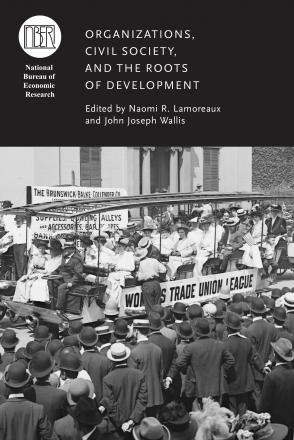Opening Access, Ending the Violence Trap: Labor, Business, Government, and the National Labor Relations Act

Open access to labor organizations lagged nearly a century behind open access to business organizations, arising as part of the New Deal in the mid-1930s. During this century, firms and governments actively suppressed labor organization, frequently resorting to large-scale violence. All this ended with the National Labor Relations Act (NLRA) of 1935. Why did the violence associated with labor last for a century? What did the NLRA do to solve this problem, and why couldn’t Congress have done so earlier? The purpose of this paper is to develop a new perspective on labor organization and violence that addresses these questions. We argue that the century-long violence surrounding labor resulted from an inability to solve a series of commitment problems. All three parties to the violence—labor, business, and government—faced commitment problems. We show that the NLRA succeeded because it finally solved the commitment problems underlying the century of labor violence.


